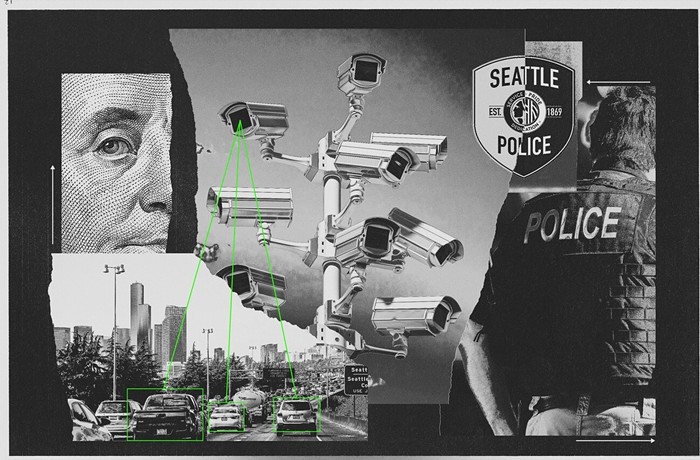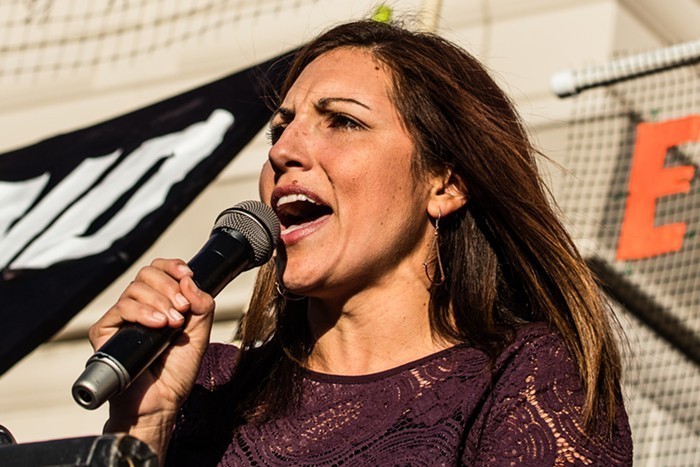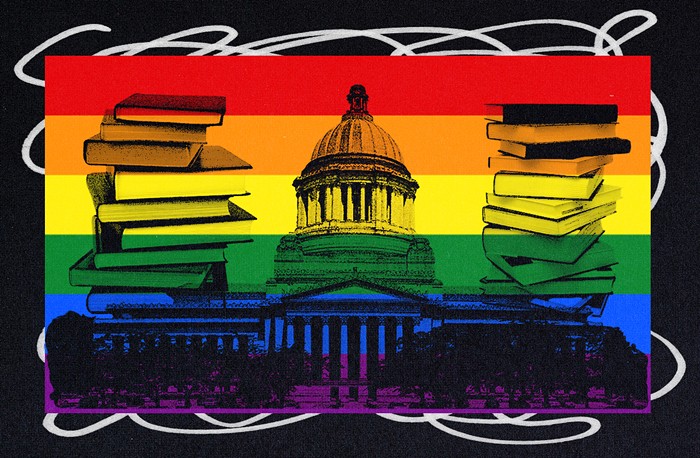Sally Bagshaw is a member of the Seattle City Council.
War is about destruction and chaos. It’s an easy metaphor to use when we’re discussing transportation, but not a particularly productive one. The transportation system in Seattle is pretty simple, really. We’re all trying to go from here to there, from point A to point B, without getting banged up, dented, or killed.
After the recent spate of pedestrian and bicycle tragedies on our streets, it is time we all stop being jerks on the road, put down our middle fingers, and strive for peace.
Here are some actions we can collectively take to promote détente:
· Follow the Rule of “Soft over Hard”: Rule 1. Pedestrians have priority in the crosswalks, but pedestrians must stay on the sidewalk when the Don’t Walk signal is flashing. Rule 2. Bicyclists give way to pedestrians on sidewalks and obey the traffic rules. Rule 3. Drivers must remember that they aren’t the only ones on the roads. Watch out for cyclists and pedestrians, and pay attention to the stop lights. Pretty easy.
· Provide Options for Fast and Slow Bicyclists: Pedestrians have sidewalks. Bikes can have Greenways and cycletracks or buffered bike lanes. Greenways are multi-purpose additions on non-arterial existing streets that provide safe and comfortable ways to walk and bike to schools, libraries, and local business districts. These are spaces for pedestrians, kids, and slower bicyclists like me. We can promote and support greenways in neighborhoods that want them. This is already being done in Wallingford, Beacon Hill, Ballard, and NE Seattle for starters. I have written about neighborhood greenways many times on my blog. Here’s an FAQ.
· Assign Street Priorities: Most of our roads can accommodate different modes of travel. We can decide on some streets that certain modes have priority. For example, roads that have direct access to I-5 may be prioritized for freight. Some arterials may be good places for commuting bicyclists and others may be better suited for car traffic. In those instances, we take a page out of Copenhagen’s book and build cycle tracks or buffered lanes to clearly separate bikes from cars and trucks. Here’s what I wrote after seeing Copenhagen’s infrastructure.
· Promote Safe Routes—Better Health: Work with our allies, including Seattle Public Schools, local health organizations, bicycle organizations, and freight/ped/bike community representatives, neighborhood leaders and others to identify and fund separated bike lanes and cycle-tracks. Safe Routes to School is a great beginning. We can improve our own and our kids’ health by walking and exercising more, reduce community obesity and at the same time make getting around easier for everyone.
· Create a System: Like Portland and Copenhagen, we can build a system that safely separates bikes and cars to and through our neighborhoods and downtown. This will provide safe and predictable places for “willing but wary” bicyclists like me to cycle. Providing designated lanes or cycle-tracks for bicycles provides predictability for bicyclists, reduces the number of drivers on our roads, and leaves space for those who must drive into and through downtown.
Here’s the key: Remember that at one time or another either we, or someone we know and love, is walking, biking or driving.
This isn’t war. This is just us being stubborn. Government’s role is to have rules and infrastructure to keep us safe. But, it’s up to all of us to figure out how to get along and watch out for each other. We can be one of the first cities in the US to solve the problem by giving each other a little slack.


















